Creating a landscape design that is easy to maintain requires careful planning and selection of low-maintenance plants, mulch, and hardscapes. Here’s how.
Creating a landscape design that is easy to maintain can be a daunting task. You want to create something that looks beautiful and is low-maintenance, but it’s not always easy to achieve.
In this blog post, we’ll discuss some tips and tricks for creating a landscape design that is both attractive and easy to maintain. We’ll cover everything from choosing the right plants and materials to proper maintenance techniques.
Read on for more information!
Look Inside:
Choose Low-maintenance Plants
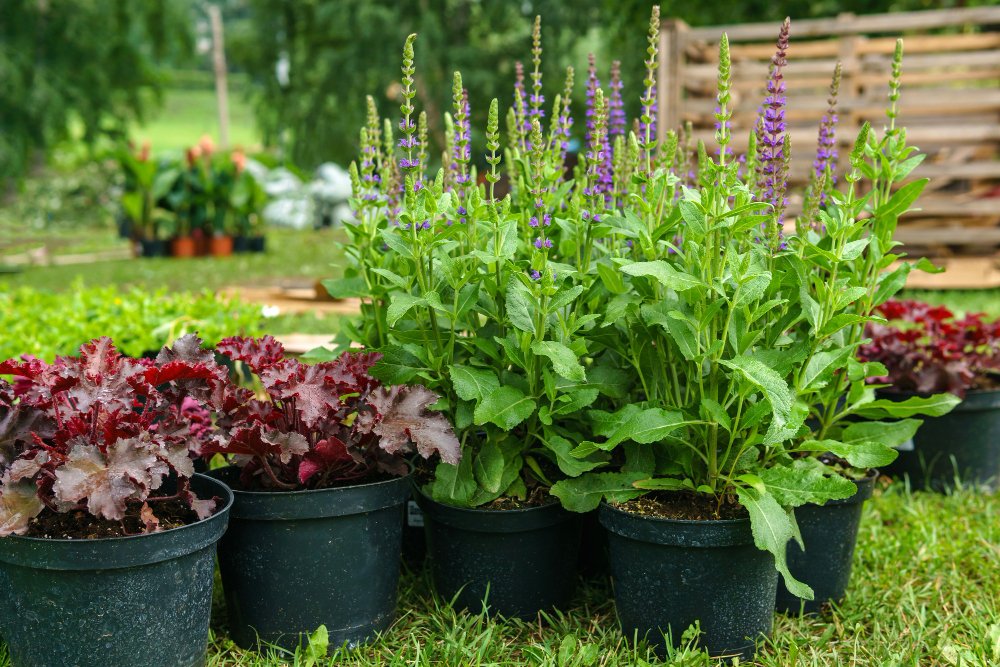
Low-maintenance plants are those that require minimal care and attention, such as watering, pruning, fertilizing, and pest control. These types of plants are ideal for busy homeowners who don’t have the time or resources to devote to extensive landscaping maintenance.
When selecting low-maintenance plants for your landscape design, consider their water needs, sun exposure requirements, soil type preferences, and hardiness zones. Look for native species that are adapted to your local climate and can thrive with minimal care.
Select varieties with disease resistance so you won’t need to spend extra time treating them for pests or diseases. With careful selection of low-maintenance plants in your landscape design you can create a beautiful outdoor space without having to dedicate too much time or money into its upkeep.
Plan for Efficient Irrigation
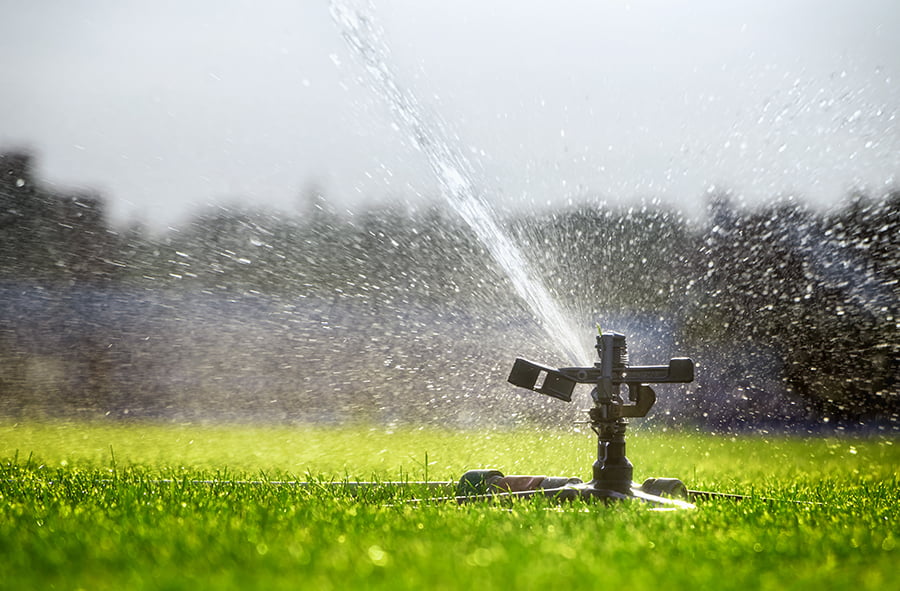
This involves considering the type of plants and soil in the area, as well as the amount of water needed to keep them healthy. It also requires understanding how much water each plant needs and when it should be watered.
It’s important to consider any existing irrigation systems or sprinkler systems that may already be in place. Planning for efficient irrigation means taking into account any potential weather changes or seasonal variations that could affect watering needs.
By taking all these factors into consideration, you can create an effective irrigation plan that will help ensure your landscape design remains easy to maintain over time.
Select Durable Materials
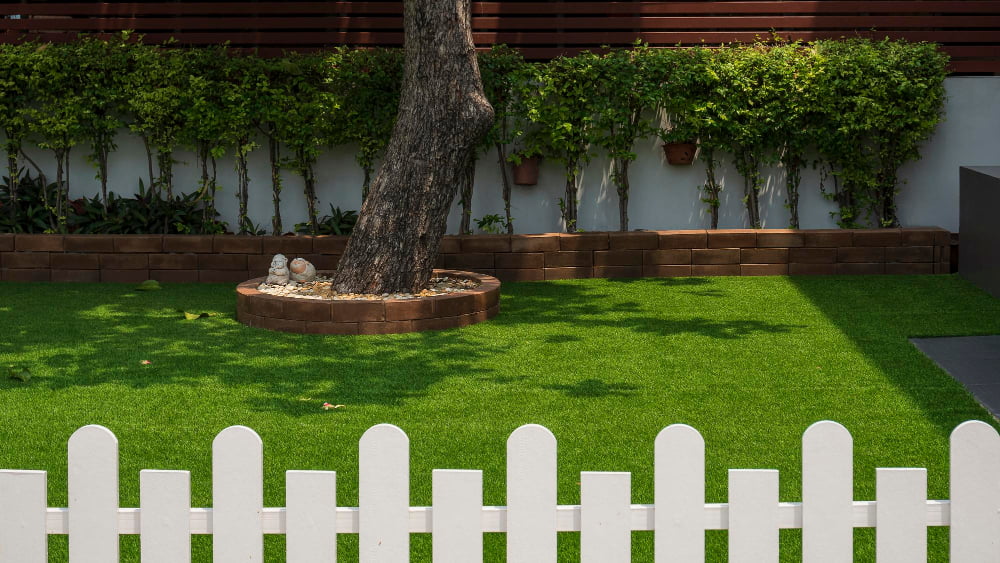
Durable materials are those that can withstand the elements and last for many years without needing to be replaced or repaired. Examples of durable materials include concrete, stone, brick, and metal.
These materials are strong enough to resist damage from wind, rain, snow, and other weather conditions. They require little maintenance over time since they do not need to be painted or sealed regularly like wood does.
When selecting these materials for your landscape design project, it is important to consider their cost as well as their durability so you can make sure you get the best value for your money.
Consider the Climate and Soil Conditions
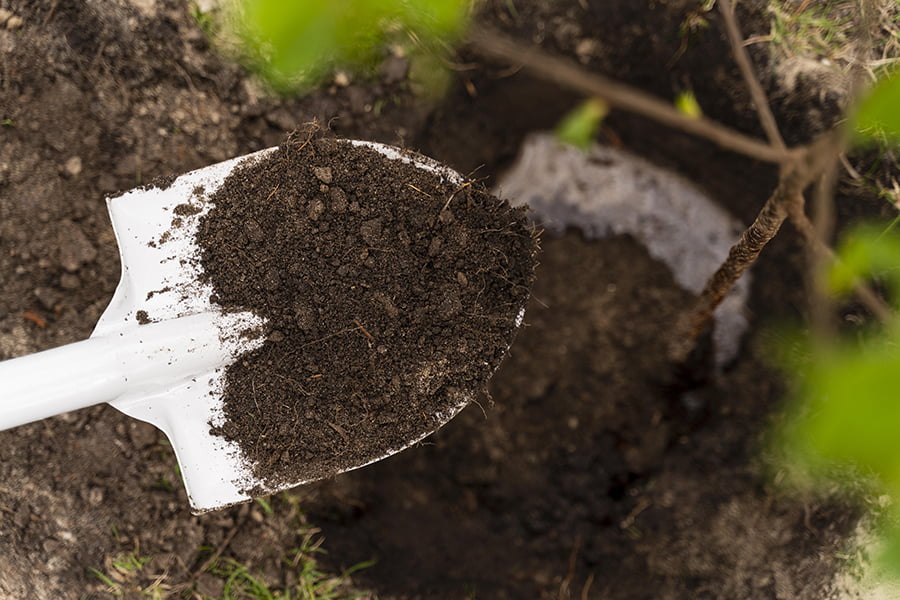
This will help ensure that the plants chosen for the landscape are suitable for those conditions and can thrive in them. For example, if you live in an area with hot summers and cold winters, you should choose plants that can tolerate both extremes.
If your soil is sandy or clay-based, certain types of plants may be better suited than others. Taking into account these factors when designing your landscape will make it easier to maintain over time as you won’t have to worry about replacing dead or dying plants due to unsuitable growing conditions.
Use Mulch to Reduce Weeds and Conserve Moisture
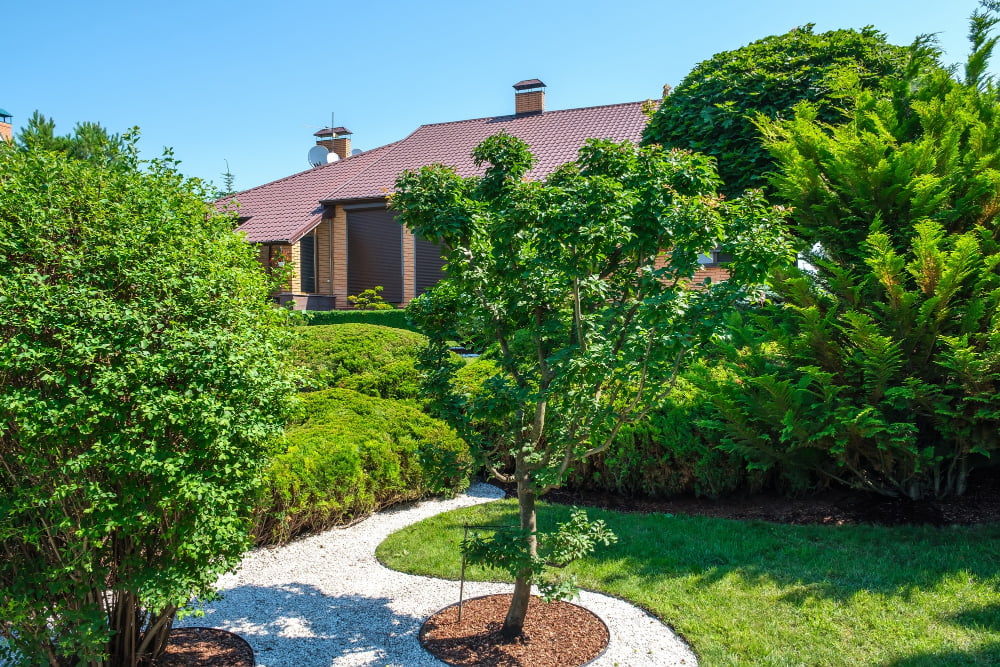
It is an organic material, such as wood chips or shredded bark, that is spread over the soil surface. The mulch acts as a barrier between the soil and sunlight, preventing weed seeds from germinating.
It helps retain moisture in the soil by reducing evaporation and runoff. This can help keep plants healthy during periods of drought or extreme heat.
Applying mulch also improves the appearance of your landscape design by providing a neat and uniform look to your garden beds.
Create a Hardscape Design That Is Easy to Clean and Maintain
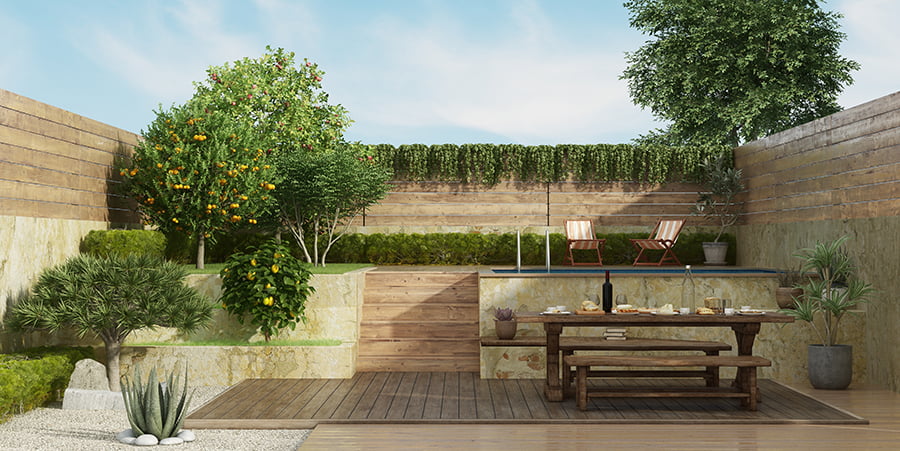
Hardscaping refers to the use of non-living materials such as stone, brick, concrete, and wood in landscaping. These materials can be used to create pathways, patios, retaining walls, and other features that add visual interest to a landscape.
When designing a hardscape for easy maintenance it is important to consider the material being used as well as the size of the area being covered. For example, larger areas may require more frequent cleaning while smaller areas may need less attention.
Selecting durable materials such as concrete or brick will help reduce maintenance needs over time since they are less likely to crack or break down due to weathering or wear and tear. Using an appropriate sealant on any hardscapes will help protect them from dirt and debris buildup which can make them easier to clean in the long run.